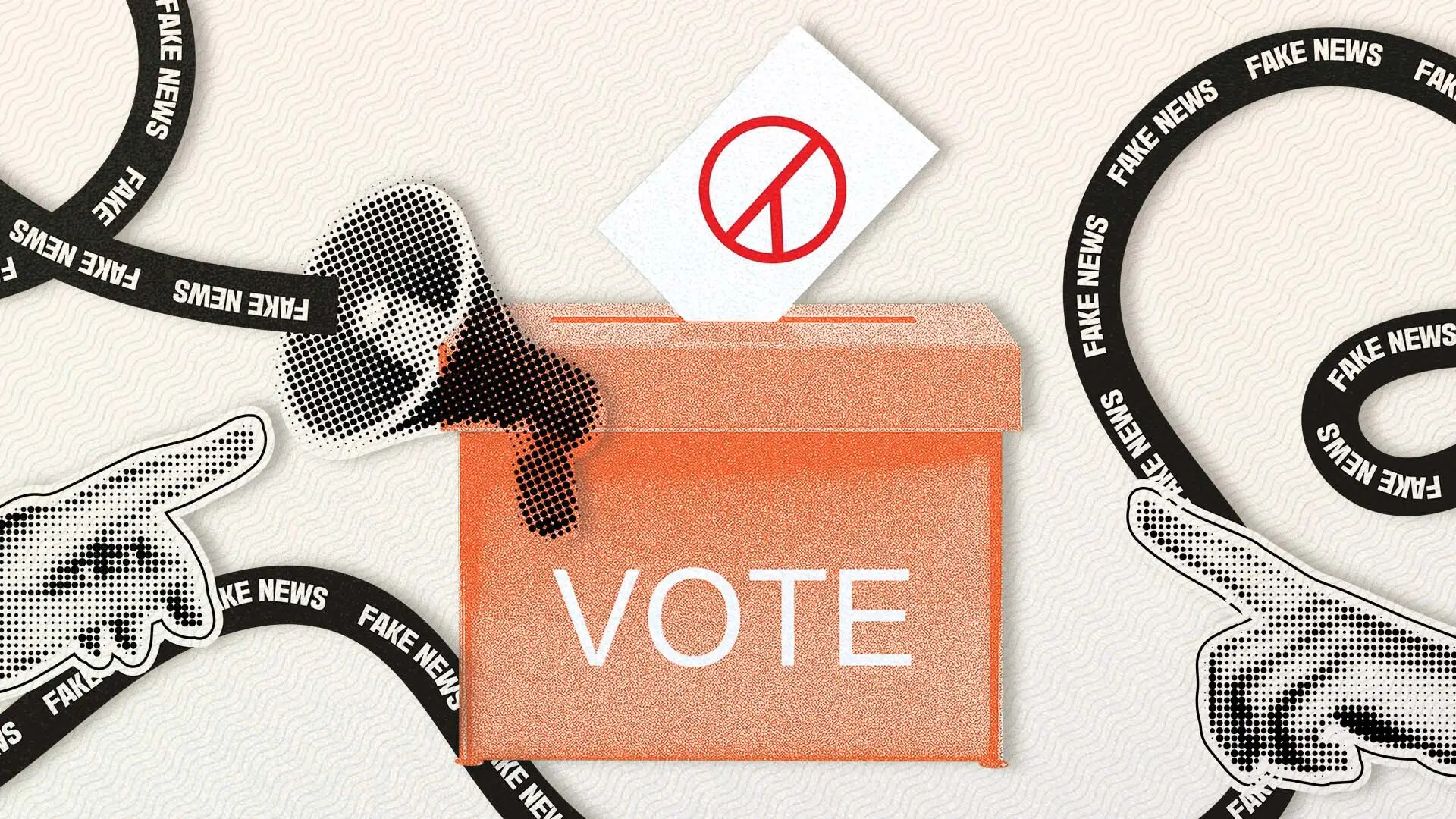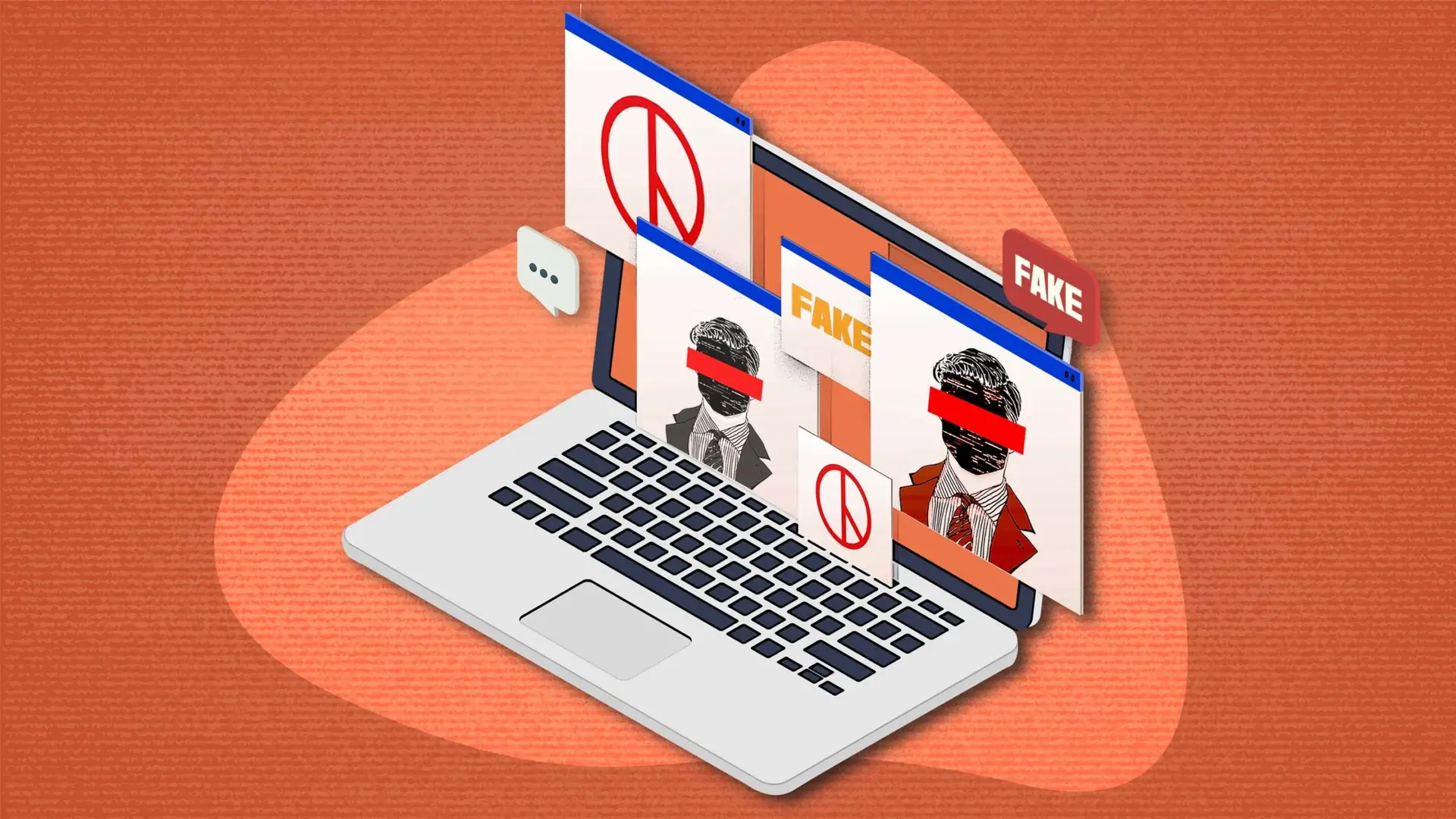“Weekend Briefing” is a weekly newsletter sent to subscribers of The Readable every Friday. Our journalists select important news items from the previous week on topics ranging from privacy to policy development in cybersecurity, all to help you stay abreast of the latest breaking issues. And not only is this provided free of cost to our subscribers, but the briefing contains new content exclusive to subscribers, such as our insightful industrial reports.
On Wednesday, the parliamentary elections in South Korea concluded, with the opposition party securing a landslide victory by winning 175 out of the 300 available seats in the assembly. Throughout the election period, various government bodies, including the National Election Commission and law enforcement, were vigilant in maintaining the integrity of the voting process. One of their major concerns was the potential use of artificial intelligence to influence public opinion. Although there has been no significant evidence found yet indicating that AI technology was used maliciously, it is premature to dismiss the concerns about election security involving AI, as this issue is still emerging.
This week’s briefing includes three reports on election security. Additionally, there is a follow-up story about a fabricated video designed to mislead public opinion regarding South Korean President Yoon Suk-yeol. Readers will also find a guest article on drone security and Sylvie Truong’s coverage of maritime security, a topic that has recently attracted significant global attention.
This is Dain Oh reporting from South Korea, and here is your weekend briefing.
1. AI-driven Chinese influence campaigns target elections across Korea, US, India, experts warn

China is poised to influence South Korea’s upcoming general election by leveraging artificial intelligence technology, according to a report from a United States-based technology company on April 4. This development has sounded alarms for both voters and candidates preparing for the polls this Wednesday.
The Microsoft Threat Analysis Center (MTAC) has reported that a Chinese influence campaign is expected to target elections in South Korea, the United States, and India. The report highlights that South Korea’s general election, scheduled for April 10, will see over 30 million eligible voters casting their ballots. Additionally, India is gearing up for the world’s largest democratic election, with more than 960 million registered voters set to choose their parliament members in an election spanning two months, beginning April 19. The United States is also preparing for its presidential election, slated for November 5.
The MTAC has outlined that malicious actors are expected to create and distribute fabricated content online using AI technologies. This content is likely to promote narratives favorable to the Chinese government in each targeted country’s election. The report emphasizes, “While the current impact of such content on influencing audiences appears minimal, China’s growing experiments with enhancing memes, videos, and audio are set to continue and could become effective over time.” READ MORE
2. Election Commission identifies over 72,000 instances of misinformation about candidates

South Korea’s election regulatory agency announced on Wednesday that it had requested the removal of over 72,000 instances of false information regarding potential lawmakers ahead of the general election.
The National Election Commission (NEC) reported in a press release that it had identified 72,964 instances of violations against the country’s election laws from October 25 of last year to April 9, the day before the election. According to the Public Official Election Act, spreading misleading information about election candidates and their family members is strictly forbidden. The commission also stated that it had demanded the removal of all such unlawful content.
The spread of false information could potentially worsen, with the expected total number of identified cases of intentional misrepresentation set to exceed 76,000. This increase is due to about 3,000 cases identified on April 5 and April 7 not being initially included in the original total. The NEC revealed that it requested the removal of 1,084 cases on April 5 and 3,040 cases on April 7; however, only a quarter of these were counted in the previously stated total. The election commission has been publishing regularly updated figures in daily written statements on their official website from March 26 to the day of the election, April 10. READ MORE
3. Rise in fake news as South Korean elections draw near

As election day draws near in South Korea, there has been a noticeable increase in the spread of fake news related to the elections.
The Korean National Police Agency (KNPA) has recently announced that, as of March 26, they have apprehended 895 individuals suspected of attempting to influence the upcoming elections. Notably, 436 of these suspects were found to be disseminating false information, representing 48.7% of the total number accused.
Furthermore, the Korean Prosecution Service (KPS) disclosed in a January press release that they have charged 113 election-related cases. These include incidents where false information was distributed to journalists through email. READ MORE
4. Police identify individual responsible for fabricated video of South Korean president

On Monday, the South Korean police disclosed that they have identified the individual allegedly responsible for creating a misleading video featuring South Korean President Yoon Suk-yeol. This announcement comes over a month after the police initiated their investigation into both the creator and distributor of the deceptive content.
Cho Ji-ho, the commissioner of the Seoul Metropolitan Police, announced in a press briefing that a South Korean man in his fifties is under investigation for violating the country’s information and communications law by defaming the president. In addition to the creator of the content, the police have identified nine individuals accused of disseminating the fabricated video online. The investigation into both the creator and the distributors of the misleading video commenced following a complaint received last February. READ MORE
5. Maritime cyber threats: drug trafficking and supply chain security

On April 5, South Korean President Yoon Suk-yeol inaugurated a new automated terminal at Busan New Port, signaling a significant leap forward in the modernization of port infrastructure. However, this promising advancement is shadowed by the growing concern of evolving cyber threats targeting maritime gateways. This situation underscores the critical need for global initiatives to bolster cybersecurity in maritime ports.
This growing concern was highlighted in late February when U.S. President Joe Biden signed an Executive Order to strengthen the cybersecurity of maritime ports. The order underscores the vital role of these gateways in maintaining global trade and economic stability, acknowledging the complex threats posed by maritime hackers and other malicious entities. Although the Executive Order does not specifically mention drug trafficking, it acknowledges the broad spectrum of threats in the maritime domain. READ MORE
6. Opinion: Development of drone security module and international standardization

In September 2014, Thomas Frey, heralded by Google as one of the world’s leading futurists, unveiled “192 Future Uses for Flying Drones.” This comprehensive list, derived from his extensive knowledge of drone technology, was divided into 24 categories, each highlighting 8 distinct applications. These categories covered a wide range of civilian uses, including Early Warning Systems, Emergency Services, Delivery, Business Activity Monitoring, and Marketing. They also addressed specialized governmental functions, such as Police Drones and Military and Spy Operations. Despite being proposed a decade ago, Frey’s visionary uses for drones remain highly relevant, suggesting that a variety of drone-based services could still emerge in the near future.
Drones, often compared to flying smartphones, are integrated with advanced digital systems, enabling control and information transmission through long-term evolution (LTE) or the fifth generation (5G) networks. As the future drone services suggested by Thomas Frey become increasingly feasible with these digital advancements, the critical need for drone security technologies cannot be overstated. Given their similarity to conventional digital devices, drones can be seen as assets requiring protection or as potential threats, depending on their use. For scenarios where drones need safeguarding, it’s crucial for service providers or users to implement robust cybersecurity measures, including secure operation protocols and data protection strategies for drones. On the flip side, to counteract unauthorized drones, building managers or the general public might need to adopt anti-drone technologies to shield their premises and ensure personal safety. READ MORE
More stories this week…
7. [University of Oxford] World-first Cybercrime Index maps the global geography of cybercrime
8. [CNN] Biden administration preparing to prevent Americans from using Russian-made software over national security concern
9. [Politico] Russian hackers stole federal correspondence with Microsoft
10. [TechCrunch] Apple alerts users in 92 nations to mercenary spyware attacks


